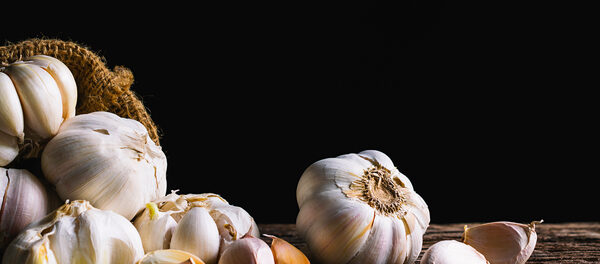Are You Eating Enough Prebiotics?

Prebiotics—a form of gut-friendly dietary fiber—have grown in popularity in recent years. Now, new preliminary research has pinpointed which five foods pack the most prebiotic content. Dandelion greens, Jerusalem artichokes, garlic, leeks, and onions, are the most prebiotic-dense foods people can eat, according to a new study presented at NUTRITION 2023, the annual meeting of the American Society for Nutrition. The new research has not yet been peer-reviewed or published in a scientific journal.
Not only do prebiotics help support gut health, but prebiotic-rich foods also contain high amounts of fiber, an essential nutrient most Americans don’t get enough of. “Eating prebiotic-dense foods has been indicated by previous research to benefit health,” study co-author Cassandra Boyd, a master’s student at San José State University, said in a news release. “Eating in a way to promote microbiome wellness while eating more fiber may be more attainable and accessible than you think.” Here’s what to know about these prebiotic-rich foods, how prebiotics work to support gut and overall health, and how to easily add more prebiotics into your diet.
What Are Prebiotics? Prebiotics and probiotics both benefit the body’s microbiome—the community of organisms that live inside all of us—but in different ways. While probiotics are living microorganisms, prebiotics are specialized plant fibers that can be thought of as fuel for the probiotics.
Excerpted from Health










